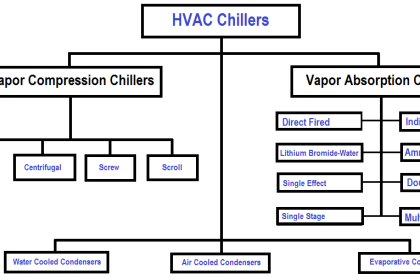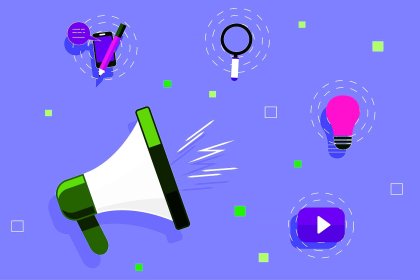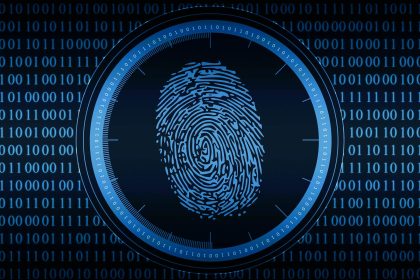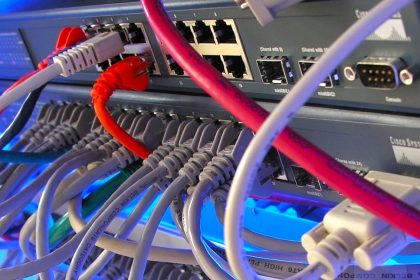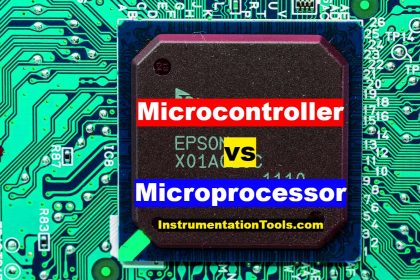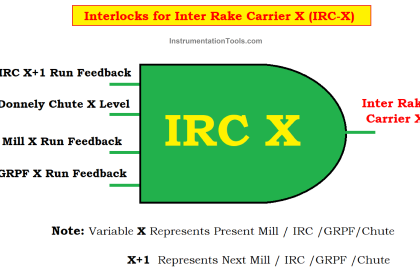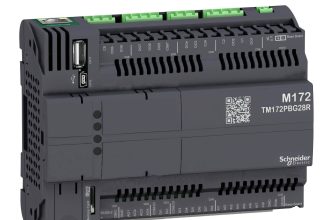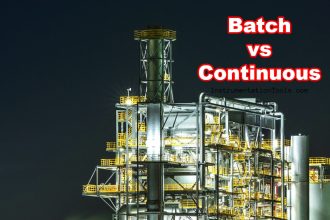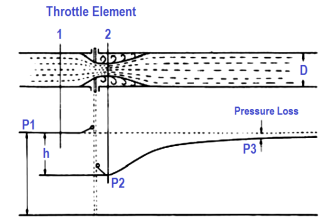Liquefied petroleum gas or liquid petroleum gas (LPG or LP gas), a mixture of propane and butane, is a flammable mixture of hydrocarbon gases used as a fuel in heating appliances, cooking equipment, and vehicles.
It is also increasingly used as an aerosol propellant and a refrigerant, replacing chlorofluorocarbons in an effort to reduce damage to the ozone layer. When specifically used as a vehicle fuel it is often referred to as auto gas.
Varieties of LPG bought and sold include mixes that are primarily propane (C3H8), primarily butane (C4H10) and, most commonly, mixes including both propane and butane. In winter, the mixes contain more propane, while in summer, they contain more butane.
Properties of Liquefied Petroleum Gas (LPG)
The properties of LPG gas are discussed below.
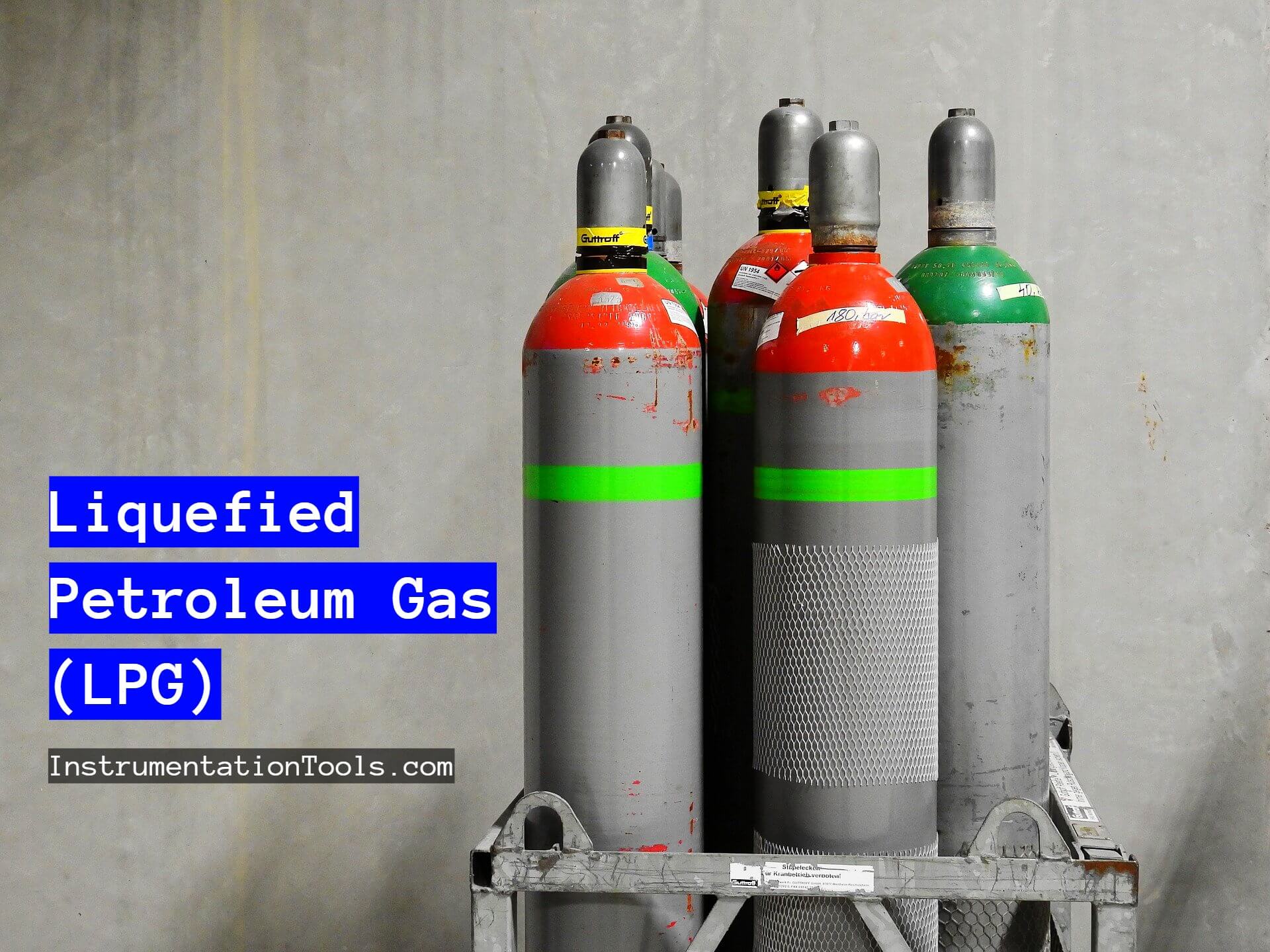
Chemical Identity
- Chemical Name: LIQUEFIED PETROLEUM GAS
- Chemical Classification: Hydrocarbon Mixture
- Synonyms: LPG, Propane, Butane, Propylene
- Trade Name: LPG, Purofax, Bottled Gas.
- Formula: C3H8, C4H10 (Mixture)
- Regulated Shipping Name: Petroleum Gases, Liquefied.
- Max. Vapour pressure @650C 16.87kg/cm2
- Volatility: evaporation at 20C for 95% by vol. At 760mm hg Pressure
The density of liquid (0.525 to 0.580 at 15°C)
- Remain over water in drain etc.
- LPG Fire cannot be extinguished with water
- Water is used only for cooling
Density of LPG vapour (1.5 to 2.0)
- Heavier than Air
- Settles down in low lying area /Ground level
- Accumulates in depression
- Under still condition dissipation is low
- Accumulation can give rise to potential Fire & explosion Hazards
- Hot plate (Gas stove) shall always be at higher level compared to Cylinder
Co-efficient of volumetric expansion
- LPG liquid expands 250 times by volume to vapour
- At liquid full condition, any further expansion of liquid Cylinder pressure will rise by 14 -15 kg/cm2
- In case of fire it is essential to cool all adjacent vessels to avoid BLEVE
- Expansion is 100 times more than steel
- Vapour pressure depends on temperature & has no relation to the quantity of LPG
- Minimum allowable space 5%
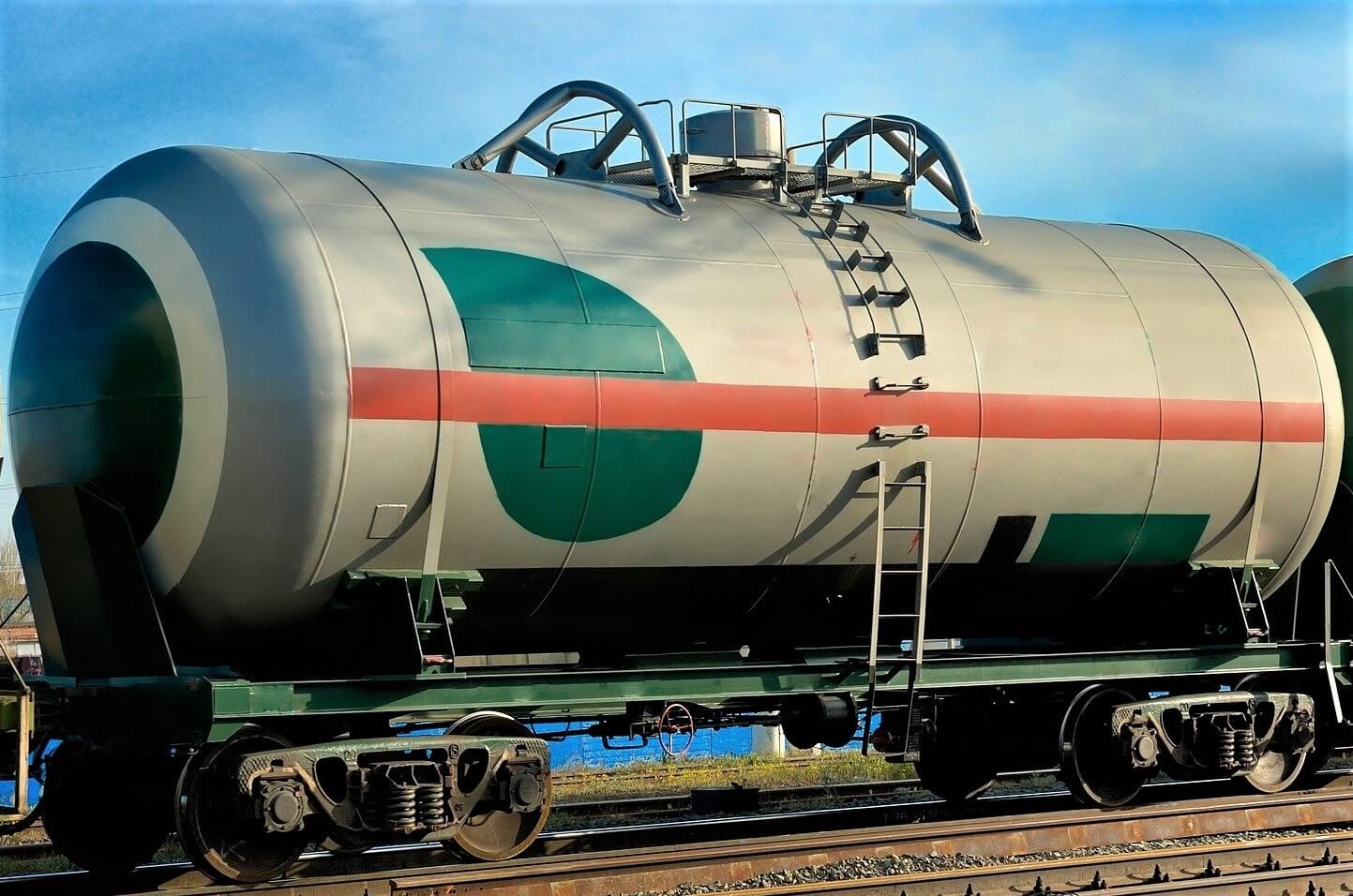
Flammability (1.8 % – 9.5 %)
- Small leakage can cause Fire.
- Major leakages are with high concentrations initially, but in contact with air LPG dissipates very fast and forms flammable mixture
- Auto Ignition Temperature (410 – 580 °C)
Latent heat (10,900 Kcal /Kg)
- Causes formation of ice during gushing out of LPG
- If venting is done in uncontrolled condition, shall lead to jamming of valves
- Results in cold burn/ Frost bite if exposed to body
Colour
- Colourless in both Liquid & Vapour Phase
- Leakage cannot be detected by naked eye
Odour
- Very Faint Smell (Odourless)
- Leakage cannot be detected by smell. For Detection by smell a chemical is added to LPG
- Ethyl Mercaptan – 20 ppm/odour level 2
Combustion properties
- Oxidation of LPG vapour with air/oxygen
- LPG requires @ 50 times its own volume of air for combustion yielding 3 to 4 times its own volumes of carbon dioxide & 10,900 kcal heat
- Results in loss of air after combustion
- Limit of flammability
- Calorific value – ideal fuel
The behaviour of LPG in a closed container
- If no ullage, exerts a pressure of 14 to 15kg /cm2 on the container per degree rise of temperature •Vapour pressure depends on temperature & has no relation to the quantity of LPG
- Adequate vapour must be present
- Minimum allowable space 5%
Hazards of LPG
Health hazards
- Non toxic
- Asphyxiation
- Frost bite
Fire hazards
- Explosion
- BLEVE
- UVCE
If you liked this article, then please subscribe to our YouTube Channel for Instrumentation, Electrical, PLC, and SCADA video tutorials.
You can also follow us on Facebook and Twitter to receive daily updates.
Read Next:
